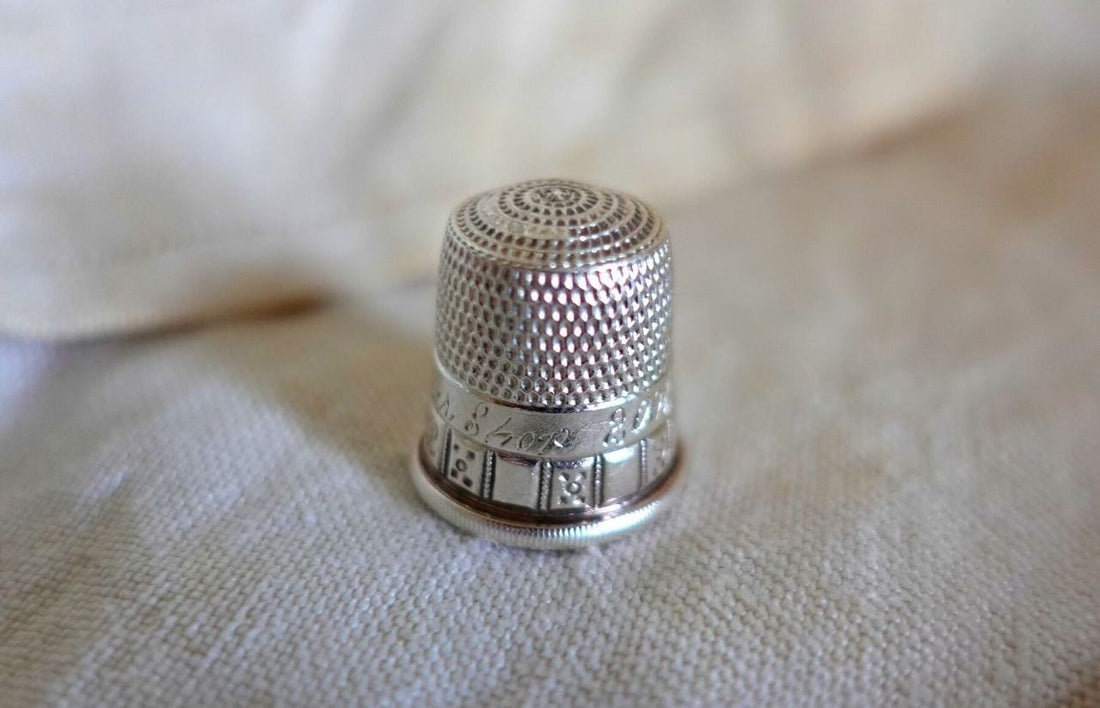
LEARNING FROM THE SKILLS OF MANTUA-MAKERS
Image courtesy of Sarah Woodyard of Sewn Company
For over 30,000 years clothing has been hand-sewn. Quilting for comfort, hemmed in bondage, seaming for profit or embroidered for enjoyment; hand sewing has stitched together humanity. Rooted in an 18th-century English and American hand-sewing practice - Sewn Company inspire people to reconnect to the past with a needle and thread.
In Sarah Woodyard's upcoming Hand-Sewn 18th-century Seaming Techniques workshop, she draws on the skills of anonymous mantua-makers and seamstresses and celebrates their labour through the preservation of their skills. This two-day course will be a deep dive into 18th-century hand-stitched seams based on Sarah’s study of extant garments and her hands-on experience practicing the trade of mantua-making.  Image courtesy of Fred Blystone
Image courtesy of Fred Blystone
The techniques taught in this workshop comes from my study of garments stitched by seamstresses and mantua-maker’s in the 18th and 19th-century Atlantic world. A seamstress was a woman who cut and stitched linens like shirts and shifts. It also could mean a skilled stitcher to assist in the remaking of secondhand clothing or a woman brought in by mantua-makers and milliners to stitch garments together. In the 18th and 19th-century Atlantic world, a mantua-maker was often a woman who cut and fit outer garments for women, but not exclusively. Think of her like a modern dressmaker. A mantua-maker fit these garments around their customers' figure, relying on the silhouette created by stays, jumps and other support garments like hoops and bums. Sometimes the shapes of the garments were cut directly around the customer and sometimes the shapes were drafted on the worktable and then fitted on the body. This technique depended on location, training and the types of garments made by the mantua-maker. While in 2022 it sounds expensive to go to a milliner or mantua-maker, it was not the case in the past. The harsh reality is that these trades were practiced by enslaved women or by women who were barely paid enough to support themselves, much less their families. Any cost of your wardrobe in the 18th and 19th-century Atlantic world was rooted in the textiles, but not in the labor. Image courtesy of Sarah Woodyard of Sewn Company
Image courtesy of Sarah Woodyard of Sewn Company
Sarah is committed to preserving these skills, having started her journey through a traditional seven-year apprenticeship at Colonial Williamsburg. There she learnt the 18th-century sewing trades of millinery (accessories) and mantua-making (dressmaking) drawing on the study of antique garments in museum and private collections. She was trained to study extant garments through the careful handling of these objects, using minimally invasive techniques like measuring with soft tape measures and using photography or pencil drawings to document construction techniques. The goal was to do minimal damage to the garment, preserving their state, since unpicking garments for study is no-longer considered best practice. Using these notes, she replicated the techniques through the experiential practice of stitching these styles of garments as one-to-one recreations for museum display or through practicing millinery and mantua-making making clothing for modern customers. Sarah continues to use extant garments as her guide to better understand anonymous seamstresses and mantua-maker’s. Honouring their legacy and preserving their skill through the recreation of clothing and teaching others these techniques.
Find out more about Sewn Company: sewncompany.com
Sarah Woodyard will be running Hand-Sewn Seaming Techniques on Saturday 30 & Sunday 31 July 2022. You can book your place on our website: selvedge.org.

1 comment
Sarah is a living treasure. Her classes leave me feeling deeply grounded in skilled craftsmanship while simultaneously being soothed by her gentle, friendly, and wise manner. I’m not exaggerating when I say, the work she shares is a total antidote to the stressors of the current era.